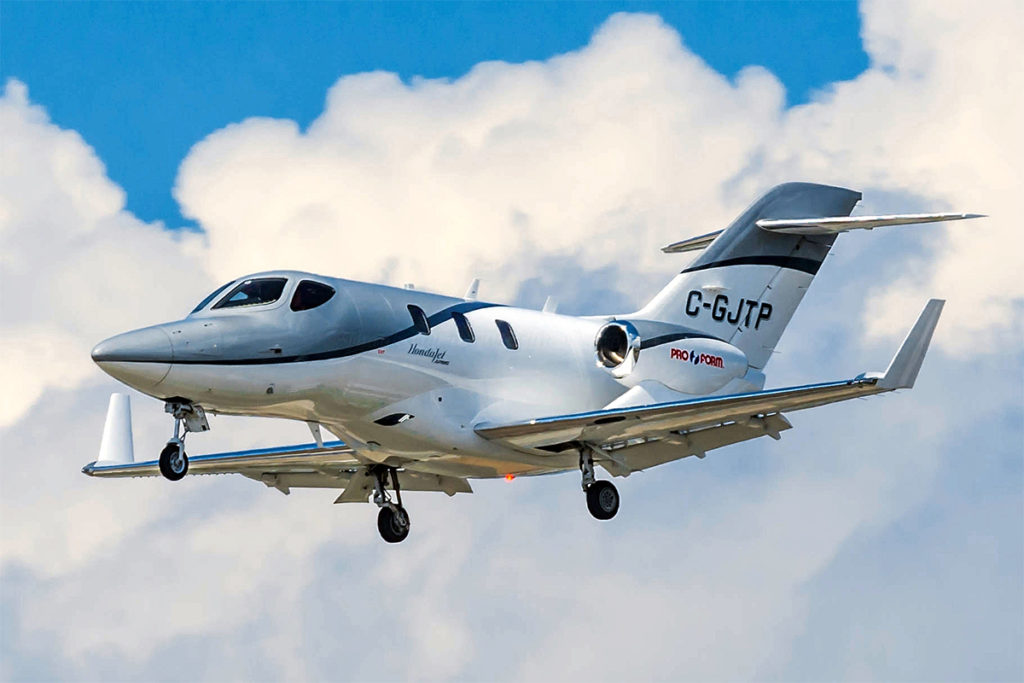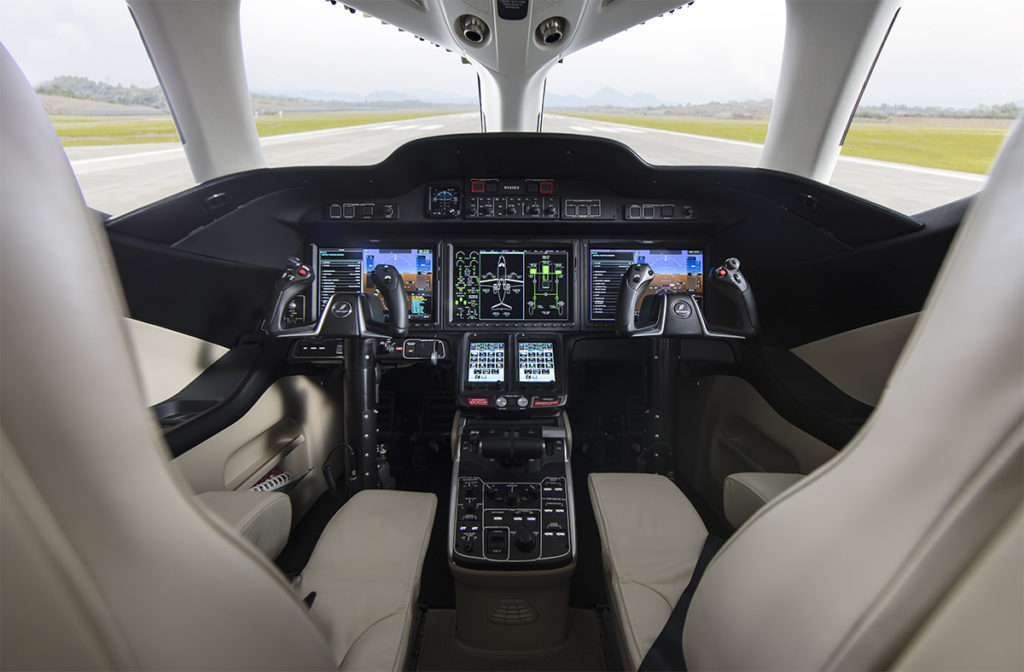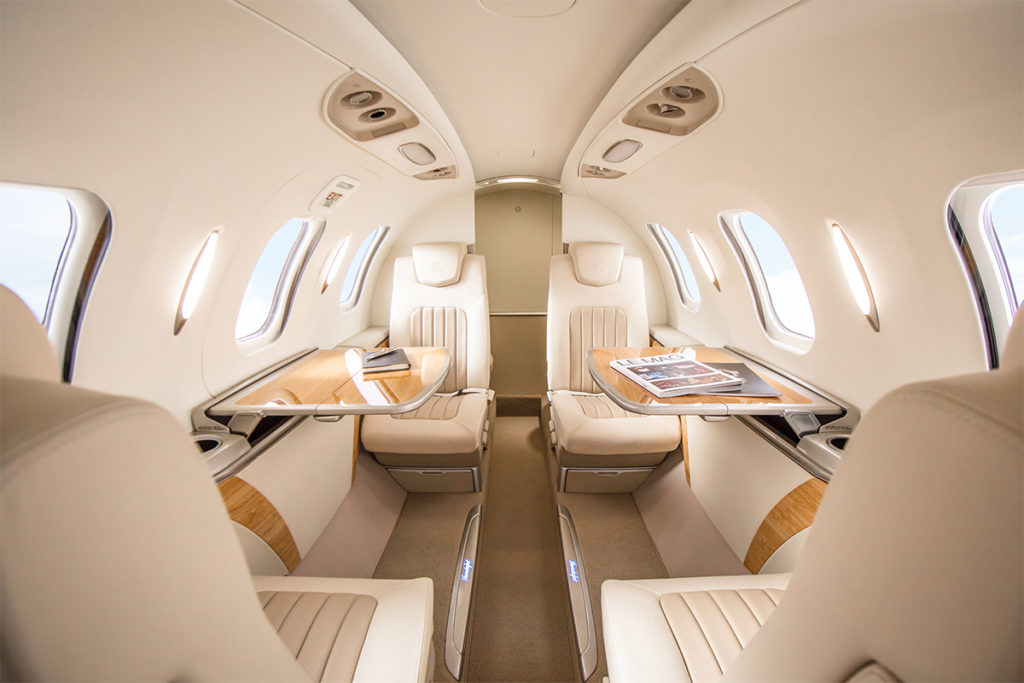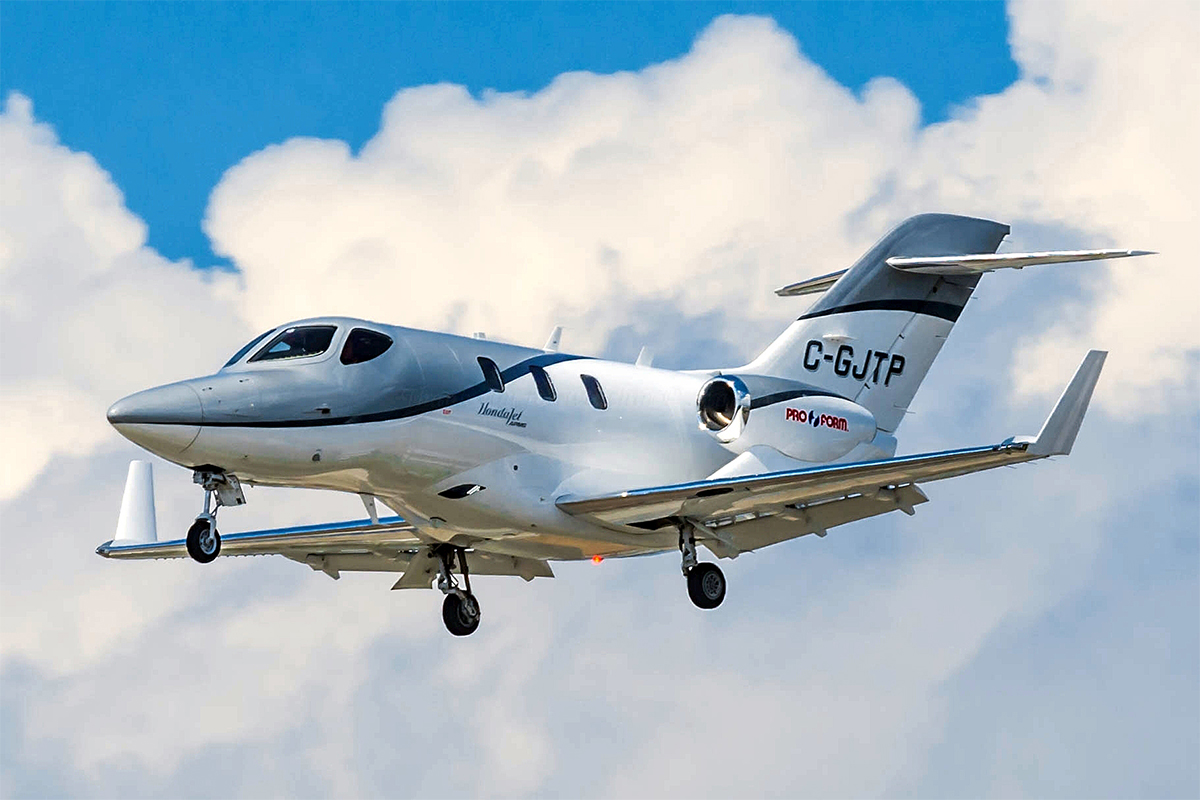Estimated reading time 7 minutes, 45 seconds.
The lyrics of the Beach Boys’ song “Little Honda” extol the attributes of a “groovy little motorbike.” Back in 1964, when that tune was released, Honda Motor Company of Tokyo, Japan, had yet to sell its first car in North America and the bizjet era was just taking off. Since then, Honda has evolved into a global automotive powerhouse and tens of thousands of corporate jets have been produced.

More recently, Honda Aircraft Company of Greensboro, N.C., has demonstrated that it has the innovative genes and the marketing savvy of its parent company by successfully developing an avant-garde design for the very light jet (VLJ) niche.
Honda began its aircraft project in 1986 and produced its first all composite VLJ, the MH02. The experimental aircraft first flew on March 5, 1993, and was retired in August 1996.
Michimasa Fujino, an aeronautical engineer and Honda Aircraft’s founding president and CEO, designed what would become the Honda HA-420 HondaJet in 1997. The prototype took flight on Dec. 3, 2003, and the first FAA-conforming HondaJet with HF120 engines flew on Dec. 20, 2010. The 2003 proof of concept aircraft was powered by HF118 engines, while the 2010 version was powered by GE Honda HF120 turbofans developed by a joint venture between Honda and General Electric. With its engines situated on pylons atop its wings, the HondaJet is easily recognized on any crowded ramp.
Following the receipt of its type certificate on Dec. 8, 2015, the first customer delivery was made 15 days later. While Honda doesn’t disclose order backlog specifics, over 150 HondaJets are currently wearing 16 national registrations with operators around the world.

To appreciate how Honda’s aircraft has fared against its two VLJ competitors, it is helpful to review the annual shipment statistics published by the General Aviation Manufacturers Association (GAMA). The numbers in the following “VLJ Market Share Momentum” table show that Embraer’s EMB-500 has been around the longest and represents roughly one half of the total VLJ models produced by Embraer, Cessna and Honda combined. While it is the latest model to enter the competition, the HA-420 has achieved the largest share of the VLJ niche market in each of the last three years.
An Elite model
Honda’s current offering is the HondaJet Elite, an upgraded variant of the HondaJet. What improved performance does the HondaJet Elite provide? Thanks to several aerodynamic refinements, it will get airborne at maximum takeoff weight after using 3,490 feet of runway – 440 fewer feet than before. It will also fly, with four souls on board, 1,437 nautical miles – 17.5 per cent further than the original model’s 1,223 nautical-mile NBAA IFR range.
The HondaJet Elite also features Garmin G3000 avionics upgrades that provide improved situational awareness in the cockpit and more automated safety features for the pilot. It should be noted that any previously produced HondaJet can be enhanced with performance and avionics upgrades with the purchase of the Advanced Performance Modification Group (APMG) package for US$250,000.

Given the HA-420’s diverse ownership base, its missions are many. Most legs flown are within 450 to 500 nautical miles. A review of “HDJT” activity on flight tracking websites reveals that most trips tend to be within one to two hours in duration. While nowhere near as frequent, three-hour trips are being performed routinely across North America. Annual utilization also varies significantly, from less than 300 hours for privately owned examples to more than 1,200 hours for an aircraft within a charter service or fractional ownership program, such as Jet It of Greensboro.
Overall, one quarter of HondaJet buyers are first-time jet owners who were looking for improved performance at a reasonable cost. Also worth noting is the fact that about one third of HA-420 buyers fly the aircraft themselves.
The base price of a new HondaJet Elite is US$5.28 million; however, options can take the price up to about US$5.8 million. The production rate at the plant in Greensboro has been around four per month; however, the economic impact of the COVID-19 pandemic is expected to result in a reduced level of interest in corporate jets for the next 12 to 24 months. Therefore, Honda Aircraft is temporarily scaling back its production rate to approximately two units per month.

In the meantime, Honda Aircraft plans to further improve production efficiency with the construction of a new US$15.5 million facility for wing production and parts storage. The 83,000-square-foot facility is expected to be completed by September 2020.
When asked why the HondaJet Elite appeals to buyers, Honda Aircraft’s Fujino told Skies the aircraft is considered to be a high tech product. He explained that its advanced design, impressive performance and relatively low environmental impact make it a most attractive platform for those who appreciate such attributes.
The Canadian context
The HondaJet received its type certificate from Transport Canada on June 1, 2017, and the Canadian certification of the HondaJet Elite followed on April 11, 2019. The first Canadian example was registered in December 2018 and an additional six followed during the subsequent 12 months. Of the seven, four are HondaJet Elites. The aircraft is challenging its direct competitors, as there are six Phenom 100s and three Citation M2s on the Canadian register. Approximately half of Canadian HondaJet buyers are first-time jet owners.

Skyservice Business Aviation, the aircraft’s exclusive Canadian dealer, has played a key role in enhancing the HondaJet’s domestic profile. When Skies asked Jeremi Austin, Skyservice’s director of Business Development, to describe the airplane’s key features, he responded, “The HondaJet Elite has captured the attention of buyers with its significant extended range of 1,437 nautical miles, and its overall stable performance in any weather condition. As well, the low operating cost allows this aircraft to be an effective business tool for visiting multiple locations within its operating range.”
Final thoughts
The onslaught of the COVID-19 virus has set the world, let alone the aviation industry, on its head. Assuming that the situation will eventually stabilize and that the global economy will gradually recover, how might the HondaJet fare in Canada?

Emlyn David, Skyservice Business Aviation’s president and CEO, told Skies, “Skyservice is very optimistic about the Canadian market’s continued reception of the HondaJet Elite. In 2019, Skyservice had tremendous success with selling HondaJets in Canada. We believe that as the Canadian market becomes increasingly familiar with the product’s superior performance and exclusive features, our presence in HondaJet sales across Canada will continue to grow.”
Although few today might refer to the “Little Honda” as a “groovy little bizjet,” they could. It is certainly meeting the market’s expectations with respect to passenger comfort, performance and cost, and appears to be well positioned to obtain increased market share.
Licensed to fly before he could drive, Ted Larkin has closely followed the airline, business aviation, and aerospace industries for more than 50 years. During nearly three decades in the investment business, he advised institutional investors in North America, Europe and Asia on their holdings in aviation related corporations.


I very much dislike music in this setting. Somebody should tell nicely some information and sometimes just quiet to look at the airplane is for me much more enjoyable.
I just use the mute button.